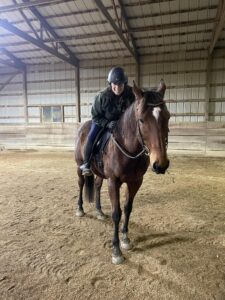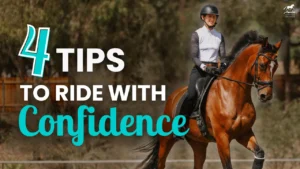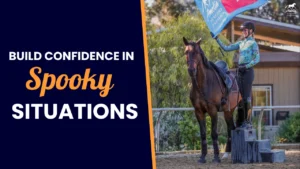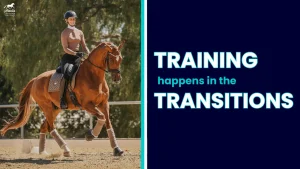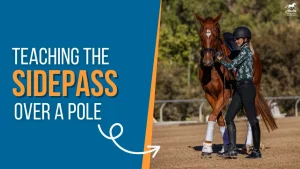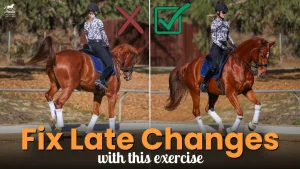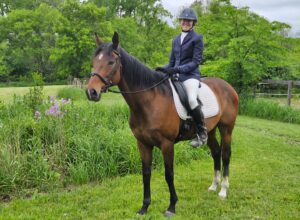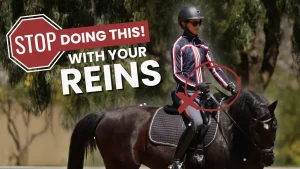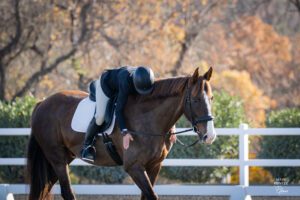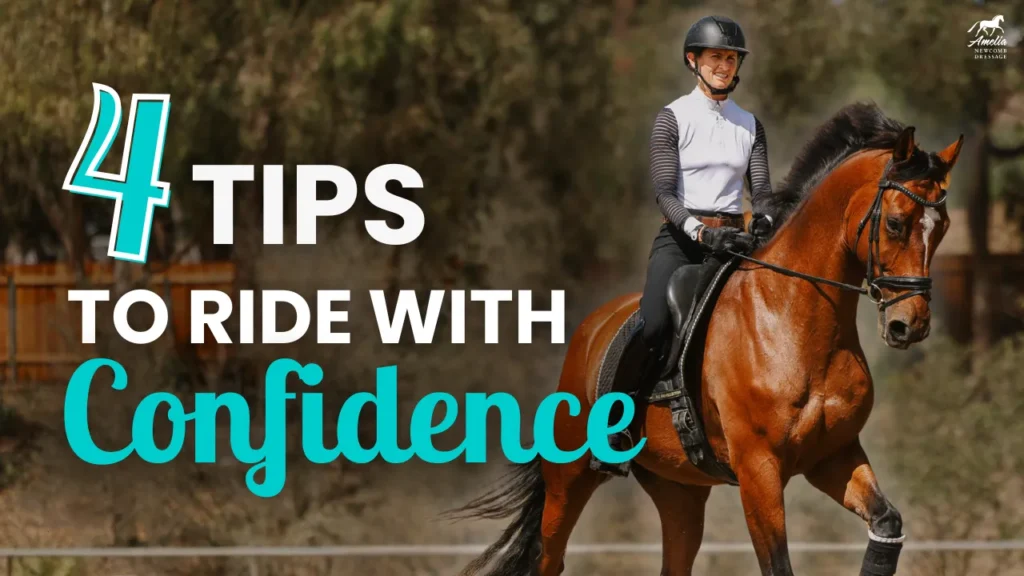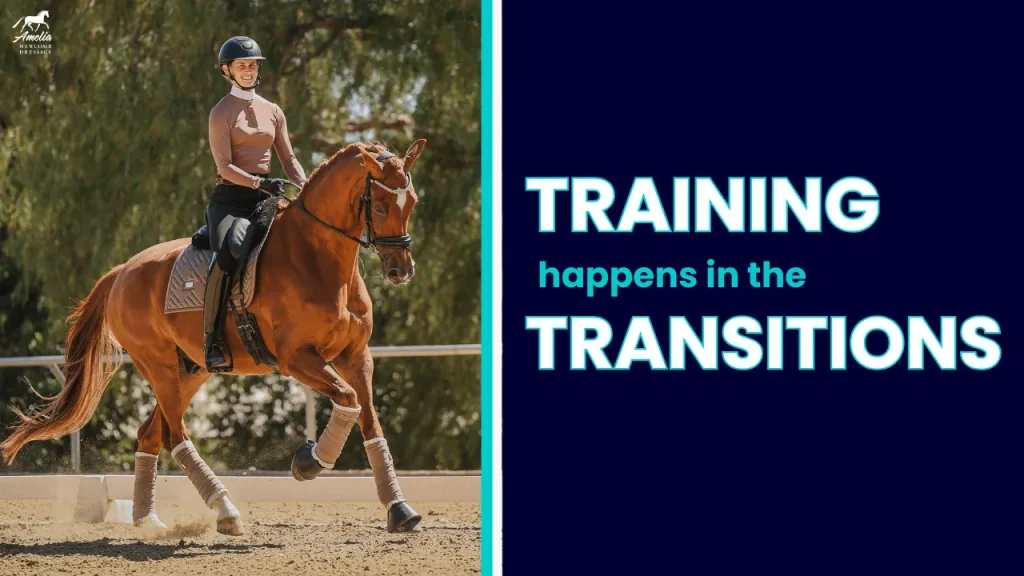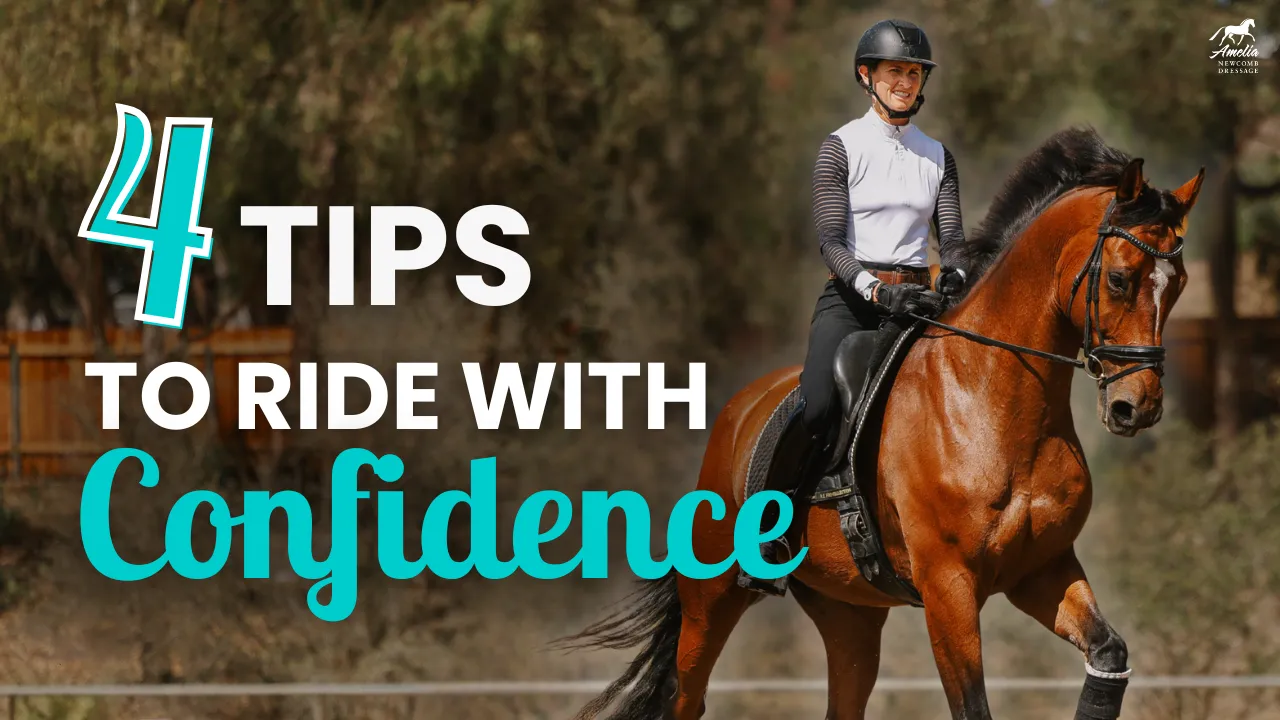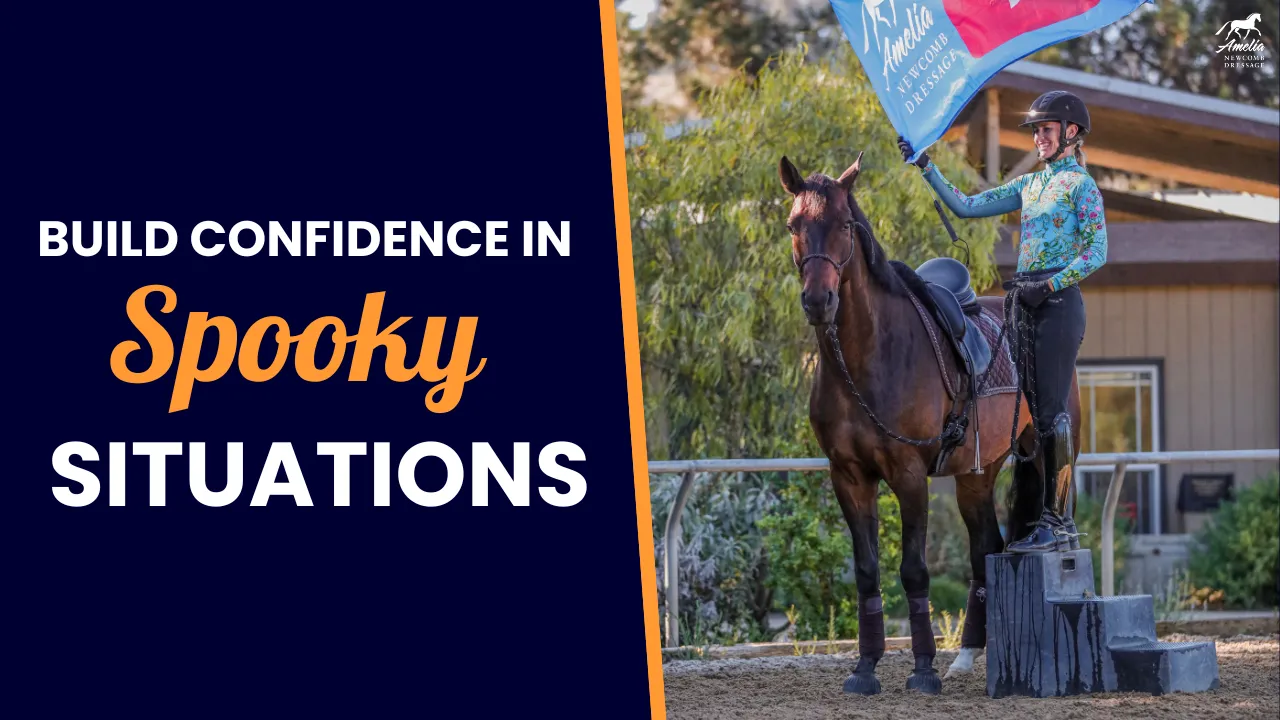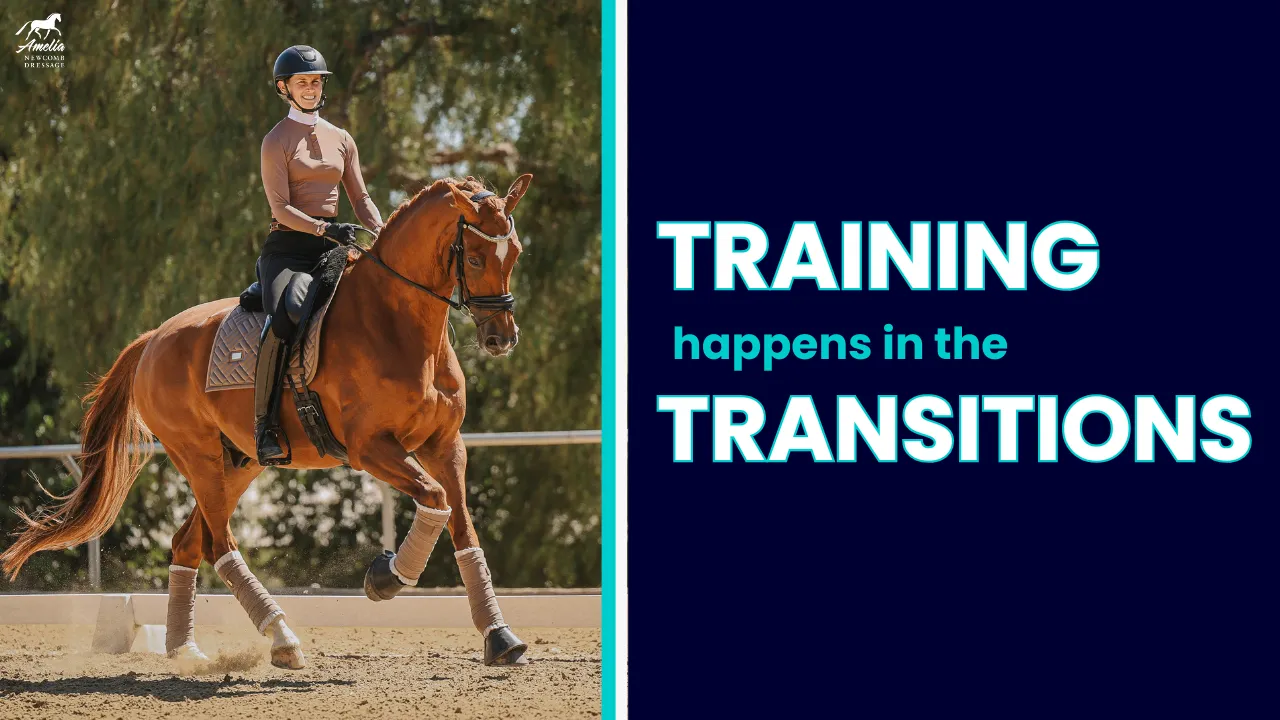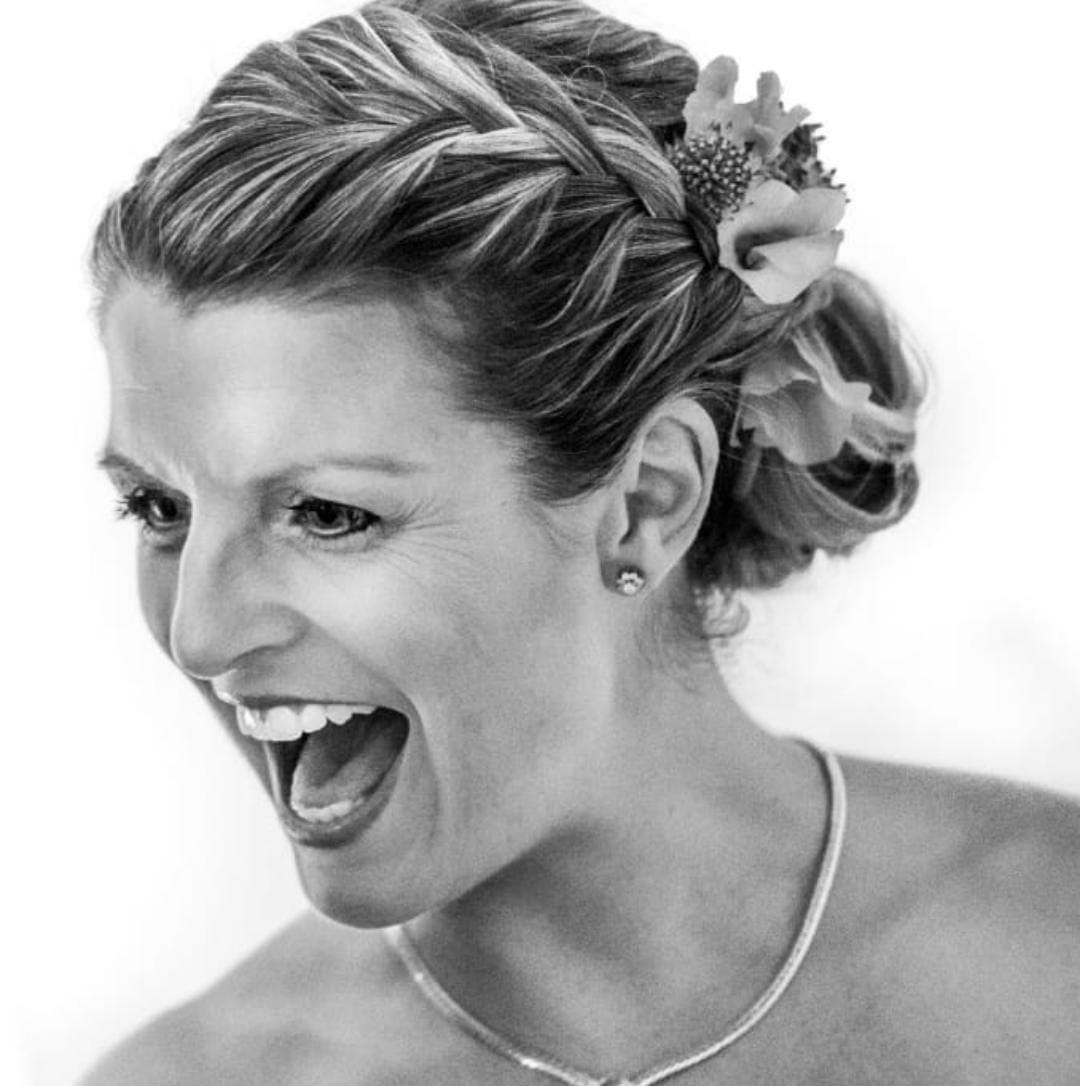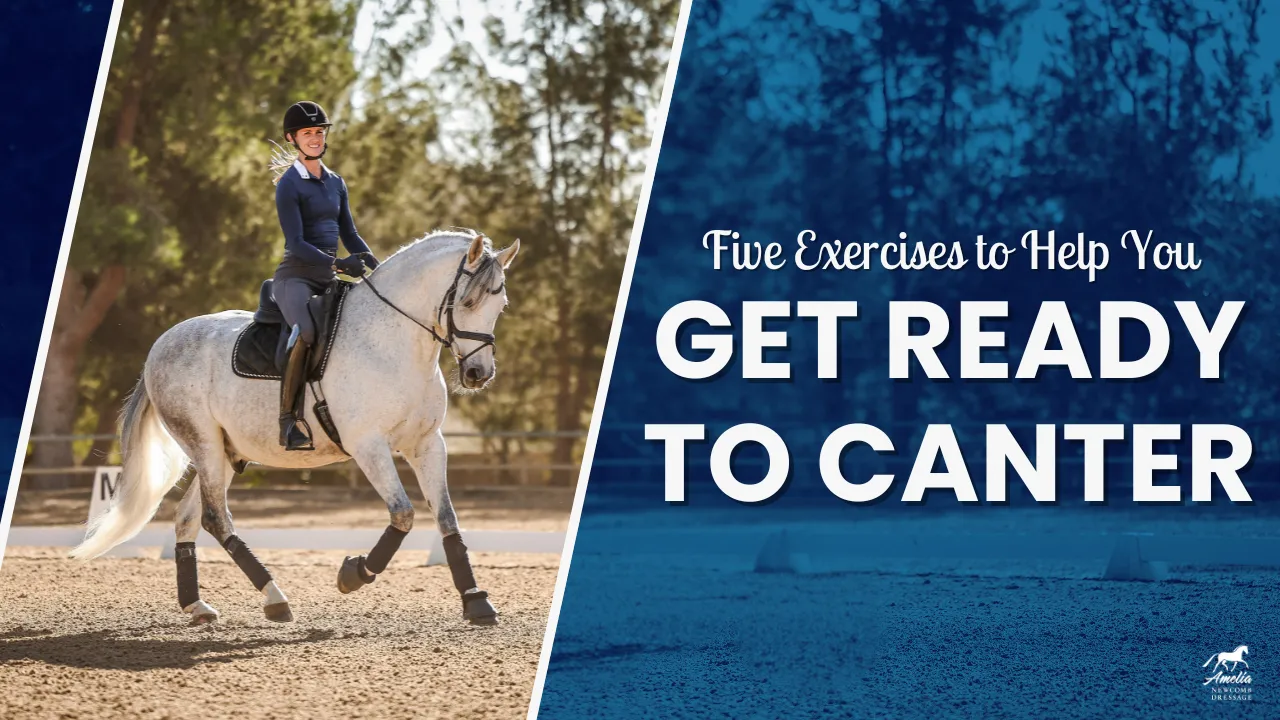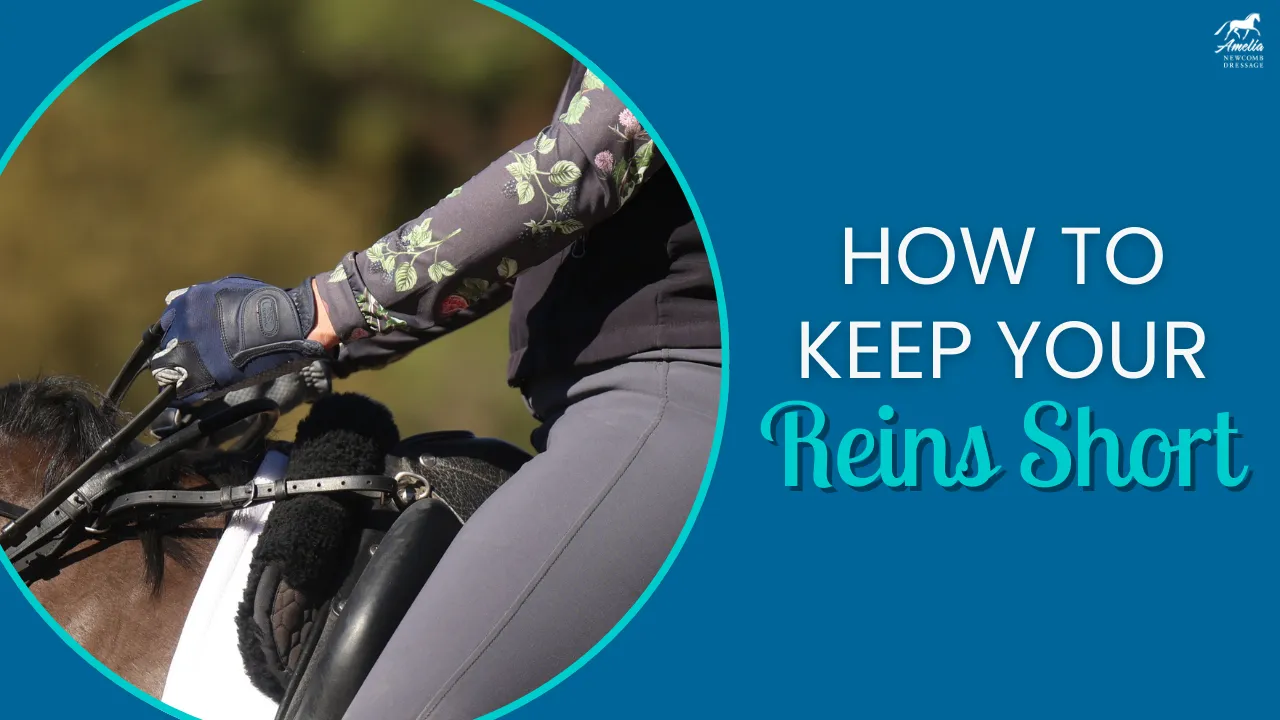Struggling with late, crooked, or panicked flying changes? You’re not alone—and often, the issue starts before you ever ask for the change. Without proper preparation, teaching flying changes can become a complete disaster.
In this video, I’m sharing five essential exercises you should practice before introducing flying changes to your horse. Perfect these exercises first, and teaching the changes will be a lot easier!
Before we get into the video, I wanted to remind you that my Free Flying Changes Webinar is coming up. Inside, I will be sharing my three secrets to riding clean flying changes! If you would like to learn more about teaching and troubleshooting the flying changes, then this webinar is for you. Click here to save your spot!
Ok, now on to the tips! Here’s how to set your horse up for success in the flying changes from the beginning:
1. Clean, Responsive Trot–Canter Transitions
Flying changes are, at their core, a canter transition that happens in the air. That means your horse needs to be soft, round, and responsive to your canter aid from the trot. If it takes five tries, a few kicks, and a cluck to get the canter, your horse isn’t ready. These transitions should feel easy, prompt, and balanced. The horse’s frame should stay connected, and the transition should happen from a light aid without hollowing or resistance. This exercise lays the foundation for the quality and clarity you’ll need when you introduce the actual flying change.
2. Balanced, Relaxed Counter Canter
Counter canter is one of the best tests of your horse’s straightness, balance, and understanding. It also helps prevent anticipation. If your horse gets tense, loses balance, or throws in a change on their own when you change direction, they’re not yet ready for flying changes. Counter canter develops balance, straightness, and strength. You want to be able to canter a full short side, in counter canter without your horse panicking or switching leads.
3. Rubber Band Canter (Medium to Collected)
To create a clean, uphill flying change, you need jump and adjustability in the canter. One of my favorite exercises for this is what I call the Rubber Band Exercise. You ask for medium canter—really letting your horse move forward—then bring them back into a collected canter using half-halts. This back-and-forth helps you build the ability to stretch and compress the stride while staying in balance. If your horse hollows or pops their head up when you collect, you need to keep working on the connection and responsiveness to your seat and half-halt.
4. Leg-Yield Hopscotch
Quick reactions to your leg aid are critical for flying changes. To test this, I like to do walk leg-yields with a little “hopscotch” rhythm: two steps over, two straight, two steps back over. The key is that your horse responds immediately when your leg goes on. If there’s a delay or a drift instead of a clear sideways step, it’ll show up in the change later. These small, precise reactions help create the communication you’ll rely on during the millisecond timing of the flying change aid.
5. Simple Changes and Walk–Canter–Walk
Many riders jump straight into flying changes without establishing reliable, simple changes. But the aid for a flying change is essentially the same as for canter. If your walk–canter and canter–walk transitions are smooth, then your horse is starting to understand what your body and leg aids mean. Don’t just repeat flying changes and hope for the best—use simple changes to build clarity. This teaches your horse to stay calm and attentive through transitions while also strengthening the canter itself.
Final Tips
Flying changes are one of the most rewarding movements to ride—but only when they’re built on a solid foundation. If your horse learns them crooked, delayed, or with fear, those habits can be really hard to fix. That’s why I always recommend taking the time to master these prerequisites first. The more your horse understands and trusts the aids, the easier it will be to introduce flying changes without tension or confusion. Hopefully, this helps you and your horse on your flying change journey!
Happy riding,
Amelia
P.S. Need more help with your flying changes? Don’t forget to RSVP for my Free Flying Webinar coming up on Sunday, Oct 5th at 12:00 noon PT. Save your seat here.
